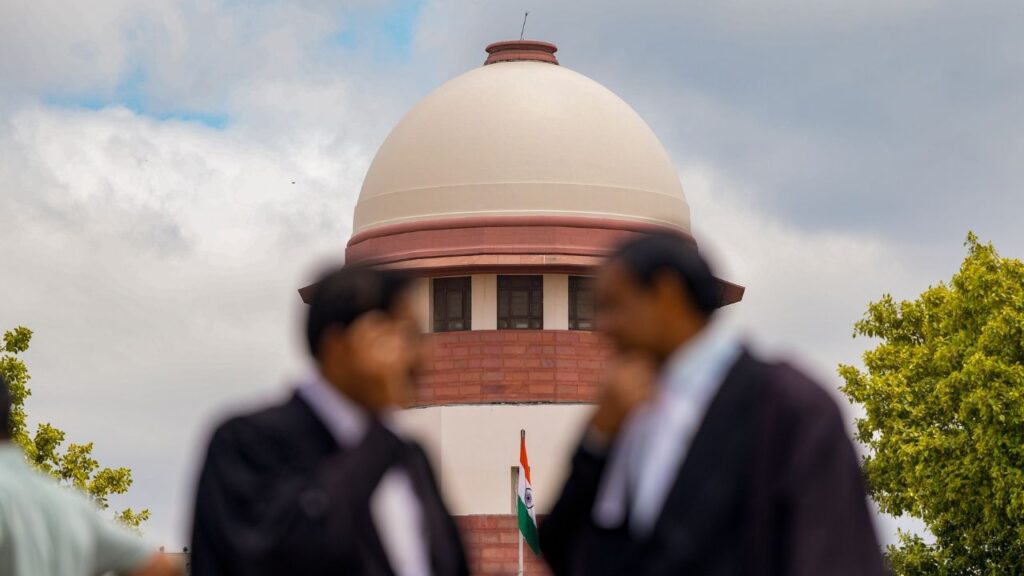Incident of a Monkey Attack at the Supreme Court
On Tuesday, a surprising incident unfolded within the premises of the Supreme Court in India, where a lawyer became the victim of a monkey attack. As lawyer S. Selvakumari was attempting to enter the Supreme Court, a group of monkeys launched an unexpected assault, resulting in her injury. She is a permanent member of the Supreme Court Bar Council and highlighted the chaos surrounding this unusual event.
The Attack and Immediate Aftermath
Describing the harrowing experience, Selvakumari recounted, “As I tried to enter the highest court of the land, one monkey bit me on my thigh. There was no one to help me at the gate; no security personnel were present to handle such occurrences.” Upon reaching the Supreme Court dispensary for assistance, she discovered that repair work was underway, leaving her with inadequate medical support.
Lack of Medical Facilities
Following the incident, Selvakumari sought treatment at a polyclinic. However, she was disappointed to find that no basic first-aid supplies were available. “The only action taken was to clean the wound, but no necessary medication was provided,” she noted. The attending doctor advised her to visit Ram Manohar Lohia Hospital, where she received a tetanus shot and further care. Despite her visit, she experienced multiple injections, leading to additional medical complications.
Reactions and Health Impact
As the situation escalated, Selvakumari reported experiencing adverse reactions from the series of injections, including a high fever and mental distress. “It’s crucial to have proper arrangements to handle such emergencies within the court premises,” she asserted. Her situation raises important questions about the adequacy of safety measures and medical support within such important institutions.
Call for Improved Safety Measures
Selvakumari emphasized the necessity for visible safety protocols, stating that essential medical supplies should be available in the court’s treatment center. “There was no system in place to ward off the monkeys or protect individuals from such unexpected encounters,” she lamented. Such incidents highlight the need for enhanced security measures around the Supreme Court area to ensure the safety of all individuals, whether they are legal professionals or visitors.
Conclusion
This incident not only underscores the vulnerability of individuals in urban environments where wildlife encroachment is becoming more common but also calls for an urgent review of safety protocols in public institutions. As S. Selvakumari continues her recovery, the community hopes that necessary arrangements will be made to prevent such incidents in the future, ensuring a safer environment for all.
